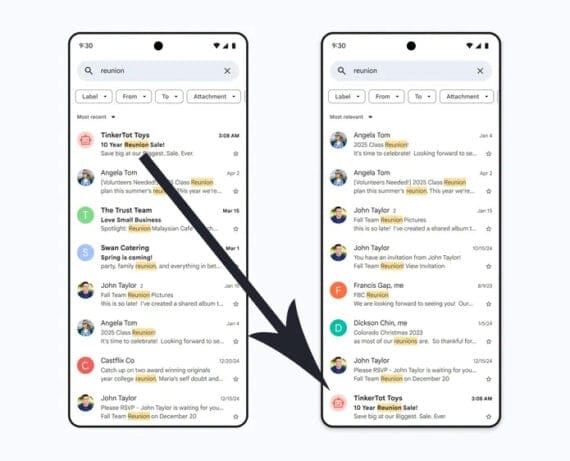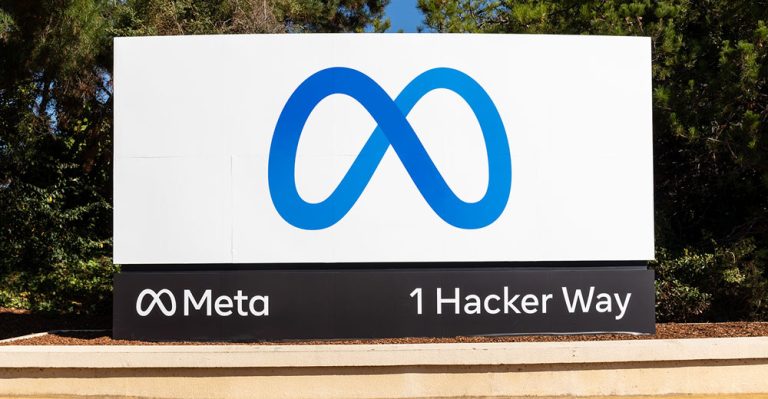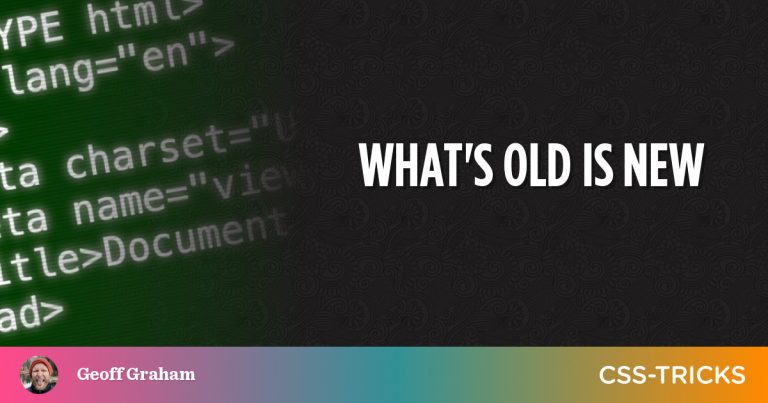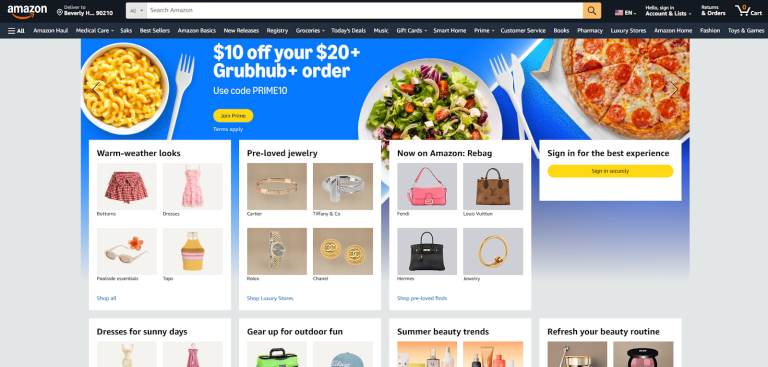Email has long been among the most profitable ecommerce marketing channels, with a relatively high return on investment, an owned audience, and controllable — schedulable — frequency.
Email delivers:
- Transactional messages such as order or shipping notifications.
- Promotions such as discounts and sales.
- Editorial content for brand value and customer loyalty.
- Retargeting offers using the email address or its hash as a first-party identifier for advertising.
- Confirmations to identify and authorize shoppers on a site.
These email use cases assume a recipient will see the message and senders can track her clicks. Unfortunately, neither exists for every message in 2025.
A long series of inbox changes from email clients and app extensions have made it more difficult to reach subscribers.
Here’s a rundown.
Gmail AI Search
Table of Contents
The most recent change applies artificial intelligence to transform how email appears in inboxes, so much so that Adweek likened the AI-powered inbox to a social media feed, noting, “with a few exceptions, an email sent was [once] an email received. Now, that honeymoon period might be coming to an end.”
The Adweek commentary came shortly after Gmail announced this month a new feature, stating that “instead of just showing emails in chronological order based on keywords, Gmail search results now factor in elements like recency, most-clicked emails, and frequent contacts.”
Gmail’s announcement included an example search for the term “reunion,” wherein an ecommerce marketing message containing that term moved from the first position to the lowest in the visible search results despite being the most recent.

The example in Gmail’s announcement shows a marketing message at the bottom of a list despite being the most recent. Click image to enlarge.
Spam Filters
The assumption of guaranteed inbox delivery has been false since at least 1994 when America Online introduced the first automated spam filter.
Unsavory types were bombarding AOL email inboxes with unsolicited, fraudulent, and malevolent messages. Phishing and advance fee scams were common, as were links to malware downloads.
Many more email clients followed AOL’s initiative. Governments enacted laws such as the U.S. CAN-SPAM Act of 2003, and today, spam scams are significantly less common.
No one wants to return to spam-filled inboxes.
Nonetheless, we’ve all experienced an important transactional message or two-factor authentication code delivered to our spam folder or deleted before it ever arrived.
Promotions Tab
Spam filters are not the only algorithms impacting email visibility.
In May 2013, Gmail began sorting some email messages into a “Promotions” tab, more or less hiding them from view. The company was trying to solve overloaded inboxes and help recipients organize inbound messages.
Within a few months, MailChimp reported that the tab had lowered email engagement by at least a percentage point. That same year, ClickZ reported that Gmail open rates fell more than 12% during the Black Friday promotional season.
Circa 2025, AI-powered priority inboxes take the tabs concept further, removing most email messages from view. For example, when someone opens the new Yahoo Mail, only a handful of messages are visible.
Hence marketers should now assume AI agents filter all promotional messages, relegating them to something other than the priority tab.
Opens
Apple launched Mail Privacy Protection in September 2021. Similar email firewalls and utilities followed.
MPP blocks the disclosure of iOS users’ email opens by reporting all such recipients opened emails. The immediate impact was inflated open rates as reported by email service providers. Twilio SendGrid estimated MPP, in its first month, accounted for 22.9% of Apple Mail opens as well as 9.1% of Yahoo Mail Opens, 4.8% of Microsoft Outlook opens, and 4.6% of Gmail opens.
Many ESPs have since included features to estimate MPP’s effect on opens. Nonetheless, MPP, which now extends to macOS users, obscures precise reporting, including the full impact of AI algorithms such as Gmail search or a priority inbox.
Clicks
The second false assumption of many marketers is email clicks.
Marketers track clicks for sales attribution and to collect first-party behavioral data. But reported clicks in emails are sometimes unreliable.
For example, Apple Mail and Proton now remove URL parameters that identify specific subscribers, stripping the ability to associate a subscriber with a transaction or other behavior. (Campaign-wide IDs and UTMs typically remain, however.)
Moreover, email fraud-protection software often deploys bots to analyze and click links. The bots help protect recipients from phishing and malware attacks but complicate reporting. Leading ESPs now filter such bot clicks from performance reports, although many providers still include them.
—
Despite AI, privacy, and fraud-protection hurdles, email as an ecommerce marketing channel remains top-notch. The honeymoon may be ending, but success is not.





